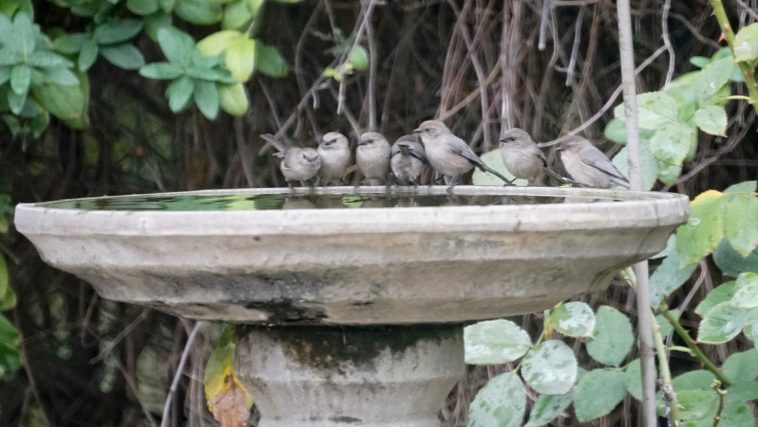The Apostrophe Blog
Photo by Mike’s Birds from Riverside, CA
Maybe it is a truism that all poets should at one point in their evolution as writers pen an ars poetica, a poem that explains or meditates on the art of poetry itself. Is this simply literary navel-gazing? An egocentric exercise in defending one’s own predilections, eccentricities, and writerly tics? Perhaps all of these questions could be answered with a resounding yes. But, for me, I still find value in attempting to wrestle with the “why” of poetry, the “how” of the poet herself. Even if the answers do and should evolve over time.
At the Academy of American Poets, the ars poetica is defined as “a poem examining the role of poets themselves as subjects, their relationships to the poem, and the act of writing.” At the Poetry Foundation, an ars poetica is one that “explains the ‘art of poetry,’ or a meditation on poetry using the form and techniques of a poem.” Both sites cite Horace’s Ars Poetica as the earliest example and bedrock for the tradition of writing such a poem.
Looking back, I find I have written numerous ars poetica. Perhaps I regularly feel the need to update my self-examination. Or maybe it is just that my relationship to poetry and the act of writing has continued to shift over time. My first in the series, “February Ars Poetica,” was published in the March 2013 Funk issue of Glasschord Magazine—unfortunately, now defunct. It also appeared in my book-length collection, Every Door Recklessly Ajar.
February Ars Poetica
A poet without a true obsession, a foundational fracture, a mythic wound may have too much time to think.
—Tony Hoagland
The rain’s arrival is soundless.
A curtain of vertical basting, every knot tied
where it touches the ground.
So you open a window, woo the freshness in.
This too shall pass—deference to an insistent tent, indigo clouds
that lower their measured percussion, a roof-wise rat-a-tat-tat.
Before giving way to sun, actual rays that linger, orange to warm
your touch-type-by-heart hands.
On the satellite map from space, the lopsided triangle where you live is a violet sea
bounded by red, vegetation along the Columbia’s banks.
Mere dot, this spot where you sit and stew as if assonance matters,
as if a rolling ball’s ink even alters the question at all.
The world and the word now separate.
Inside more brightness, and the rain just stopped.
Would you change if you chose to follow the light
through its day instead of worrying
whether a poem should be plain or ornate?
Maybe it’s forever a lesson in hooks and knobs,
a world that grays then filters, white.
The crows on electrical wires—they have their ongoing arias of mourn.
Unlike the bush tits, tripping from suet to the birdbath
slick with winter’s green debris.
If you could go back, would you (re)turn?
Memory into recording angel, 8mm film you’d spool, dozens of reels
stored in disaster-proof canisters labeled with permanent
ink, evidence of life, witness, exist?
It seems a deep harbor at the mouth of a navigable river is one variable
coloring the Landsat imagery blue.
Outside, an equation: sun light + light rain = rainbow.
Messenger from the gods, Iris, spanning the distance between cloud and sea.
Simultaneity. Arced.
Angles of the leaving, light.
The rain’s arrival is wordless.
Proof.
- Acceptance News: Red Door Magazine - November 10, 2025
- A Day of Shadows and Sun - November 10, 2025
- For the love of a watery landscape… - November 9, 2025

